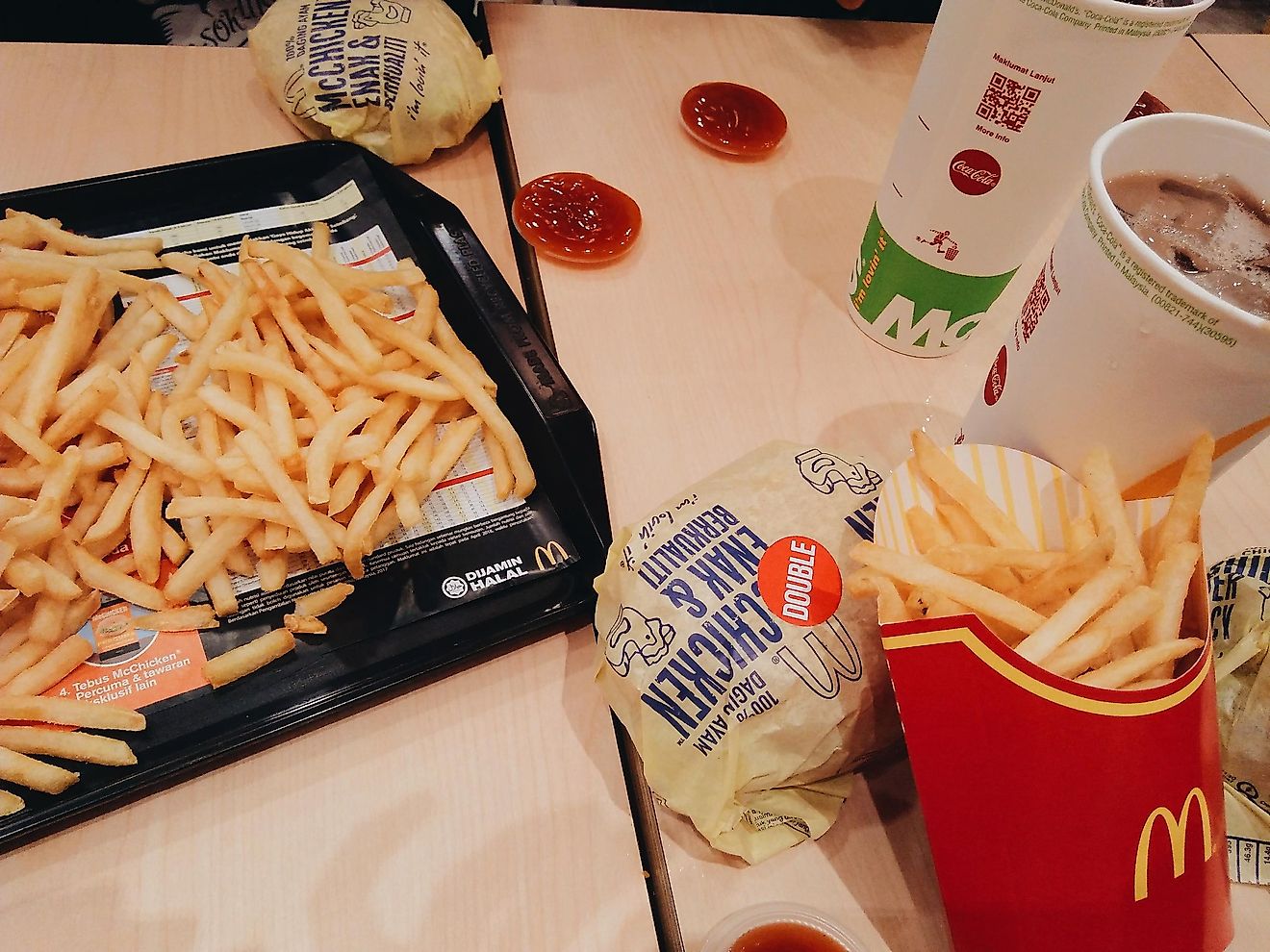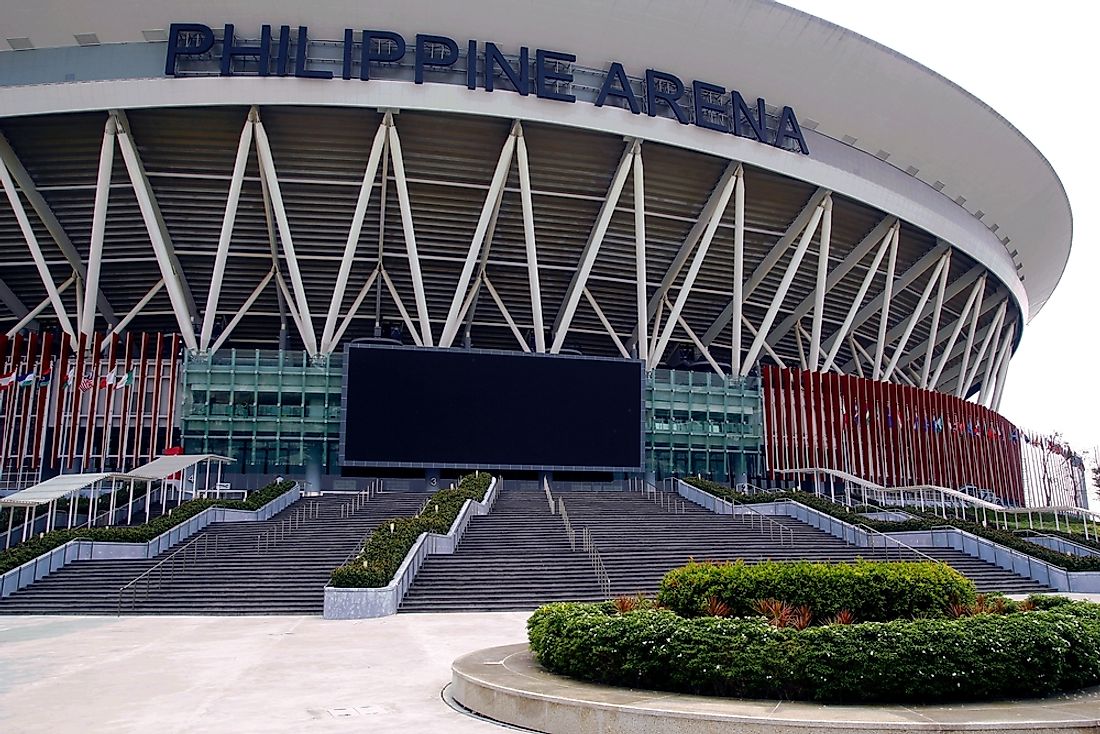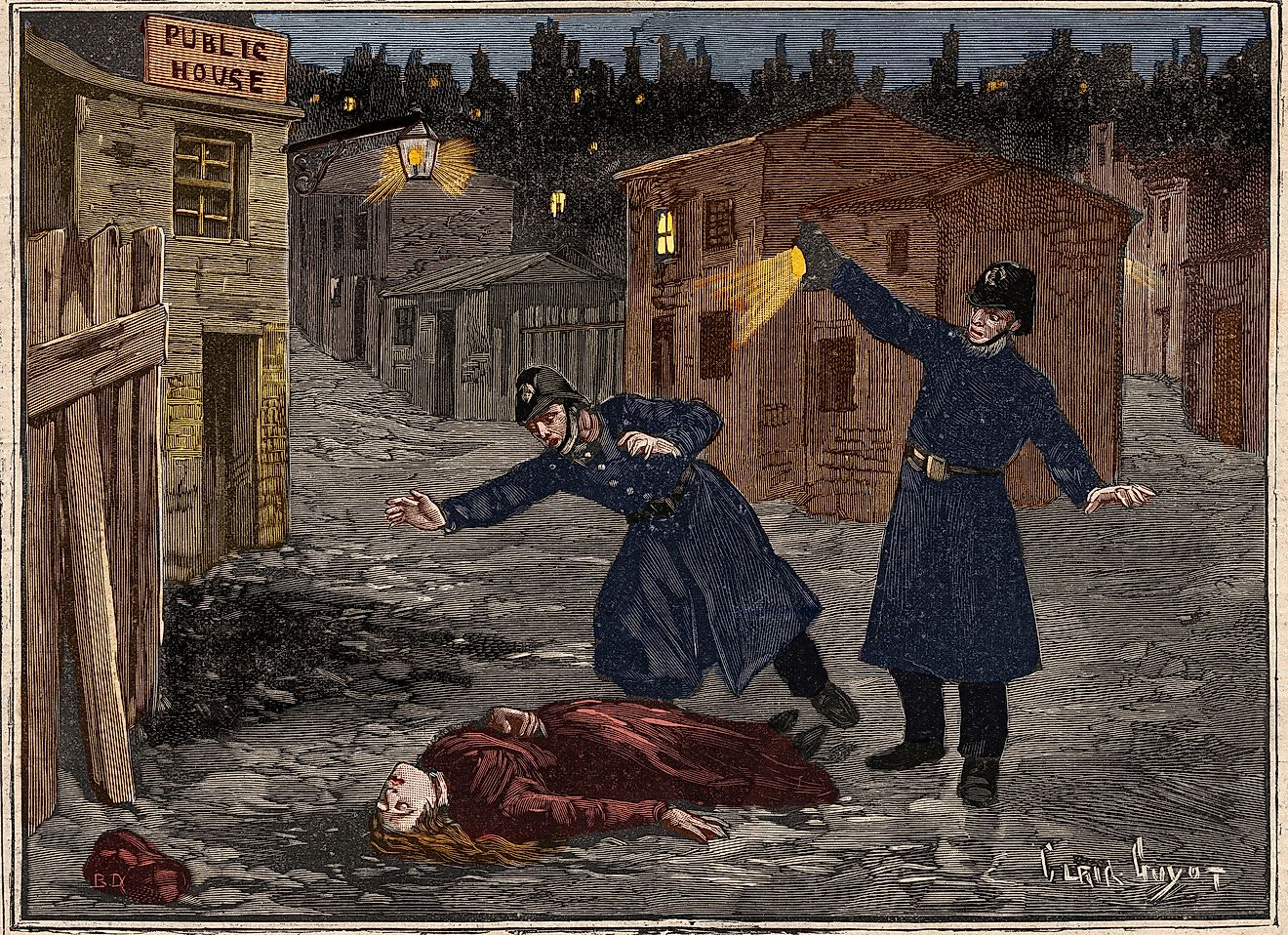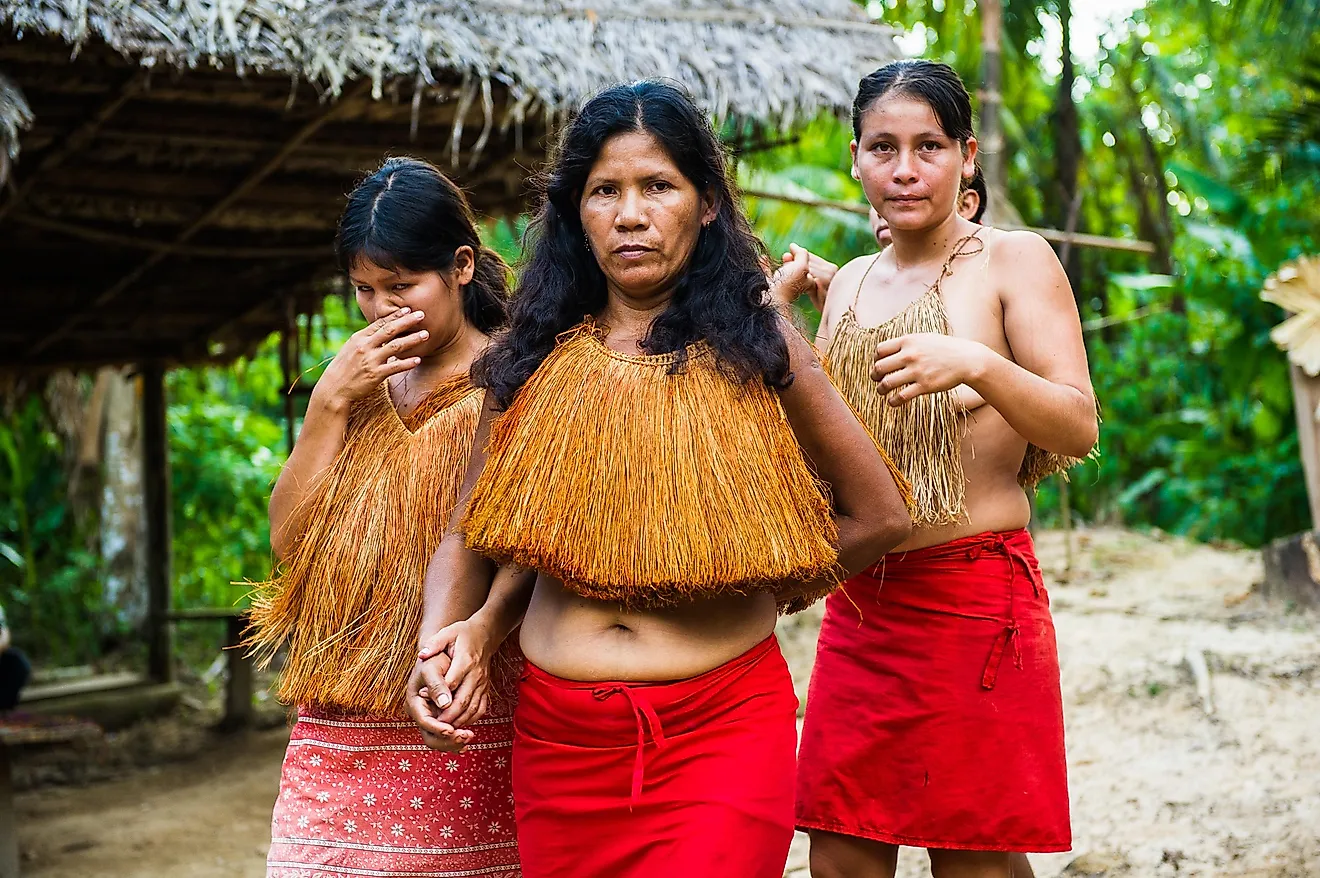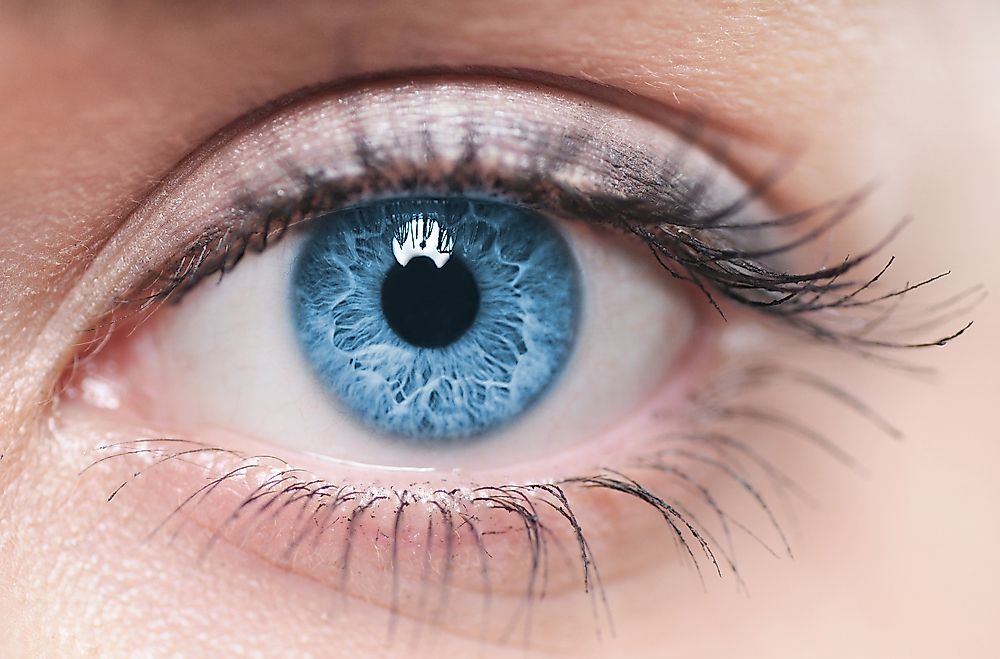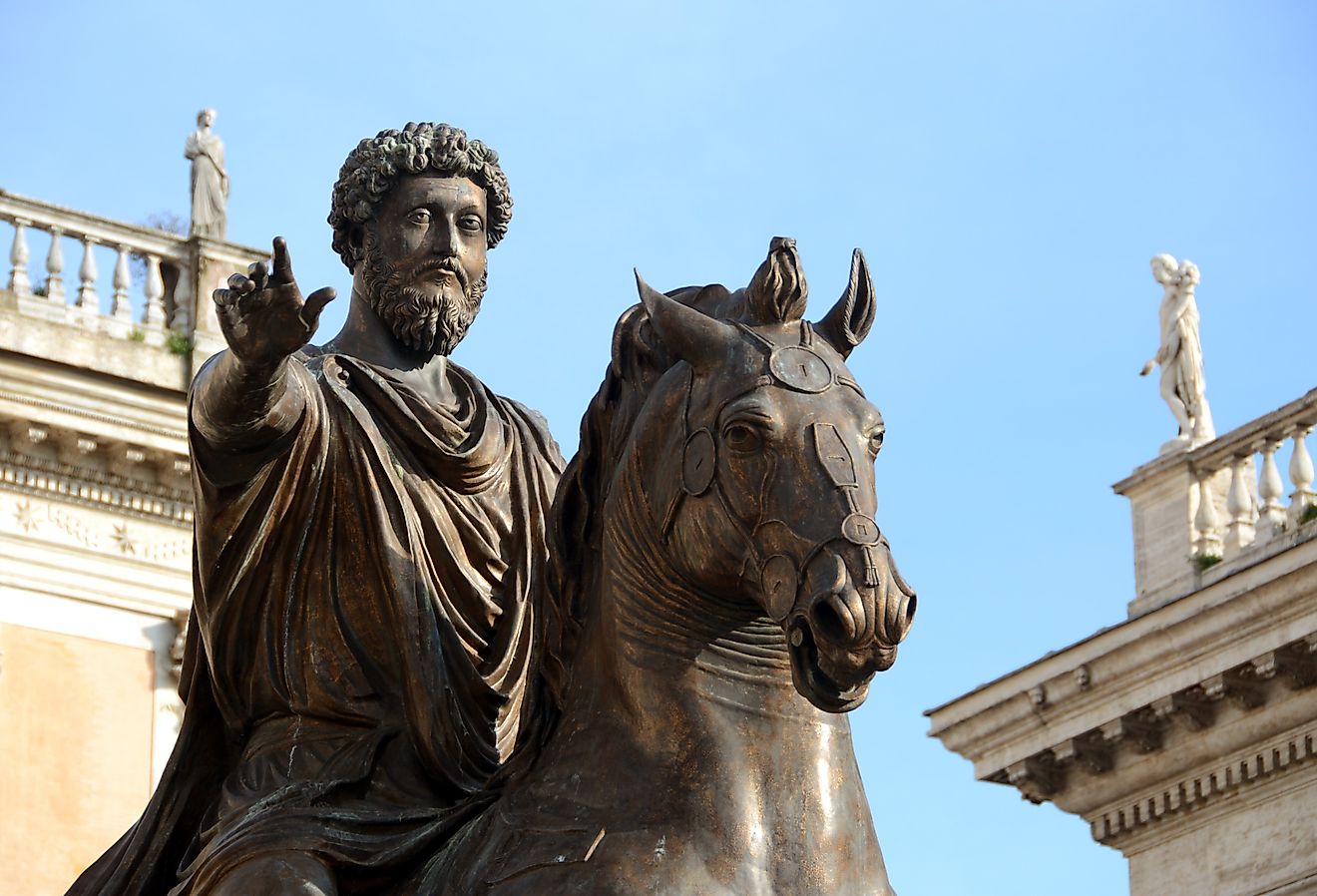The Culture Of Mauritius

- The cuisine of Mauritius is significantly influenced by French, Chinese, Indian, Creole, and other cuisines.
- Basketwork is an important tradition in the country and the basketry skills are transferred from mother to child through the generations.
- Sega music is the traditional music of Mauritius. The songs in Sega are usually in Creole.
- Football (soccer) and rugby union are some of the most popular spectator sports in the country.
The island nation of Mauritius is located in the Indian Ocean. The culture of this nation is a blend of several cultures including indigenous cultures as well as those of the foreign immigrants who migrated to the island over the centuries.
6. Ethnicity, Language, And Religion In Mauritius

Mauritius is home to a population of around 1,364,283 individuals. The Indo-Mauritian people compose about two-thirds of the total population. Creole, Sino-Mauritian, and Franco-Mauritian comprise the rest of the population. Creole is the most widely spoken language in the country spoken by 86.5% of the population. Bhojpuri, French, English, etc., are some of the other languages spoken in Mauritius. Hinduism is the religion of 48.5% of the country’s population. Roman Catholics, Muslims, and other Christian denominations account for 26.3%, 17.3%, and 6.4% of the country’s population, respectively.
A number of festivals of various communities like the Chinese Spring Festival, Thaipoosam Cavadee (a Hindu festival), Maha Shivratree (a Hindu festival), Diwali (a Hindu festival), Eid ul-Fitr (Muslim festival), etc., are celebrated with great pomp in Mauritius.
5. Cuisine Of Mauritius

The cuisine of Mauritius is significantly influenced by French, Chinese, Indian, Creole, and other cuisines. French dishes like tuna salad, daube, and bouillon are very popular in the country. Indian cuisine was introduced in Mauritius by indentured laborers brought to the island by Europeans after the abolition of slavery. Curry, chutney, pickles, etc., are thus widely consumed. The Chinese arrived in the country in significant numbers at the end of the 19th century. They introduced rice as the staple diet and popularized the making of noodles on the island. In the present day, a large number of Chinese and other Asian restaurants are found in Mauritius. Chicken, squid, beef, fish, and mutton are often served at these restaurants. Rum is produced throughout the island and is the most popular alcoholic beverage in the country.
4. Literature, Art, And Craft In Mauritius

Mauritian literature includes literary works in a variety of languages and covering many genres. It includes exoticism, post-modernism, multiracialism, miscegenation, etc.
Mauritian artists and painters produce work that is inspired by the country’s natural grandeur and spectacular landscapes. A variety of crafts are also produced by Mauritian artisans to cater to the demands of the thriving tourist market in the country. The ravanne is a round tambourine that is handcrafted with animal skin. Basketwork is an important tradition in the country and the basketry skills are transferred from mother to child through the generations. Ship modeling is also a popular craft. Detailed ship replicas are produced that are sold to tourists in the country.
3. Music And Dance In Mauritius

Sega music is the traditional music of Mauritius. The songs in Sega are usually in Creole. Traditional instruments like the Ravanne, Maravanne, and the traditional guitar are used to produce sega music. Sega, seggae, and reggae are the most popular musical genres in the country. Other musical genres like zouk, soukous, hip-hop, pop, etc., are also enjoyed by the Mauritians.
2. Sports In Mauritius

Football (soccer) and rugby union are some of the most popular spectator sports in the country. The country has national teams in both sports but they are yet to make a mark at the international level. The country won its first Summer Olympics medal in 2008 in boxing. Horse racing is regarded as the national sport of Mauritius. The oldest racecourse in the Southern Hemisphere, the Champ de Mars Racecourse, is located in this country. Horse racing has a long history and is part of the country’s heritage. Aquatic sports is also popular in the country and attracts visitors from around the world.
1. Life In The Mauritian Society

Although the traditional Mauritian society tends to be patriarchal in nature, today women in the country have access to education and employment. The Constitution of Mauritius grants equal rights and freedoms to both men and women. Several laws like the 1998 Domestic Violence Act have been formulated to protect these rights and freedoms. Around a quarter of managers in Mauritius are now women. The number of women working outside the home increased from 22% in 1985 to 41% in 1991.
Marriages in Mauritius are either by consensual choice of the couple or are arranged by their families. Inter-ethnic marriages are highly disapproved and thus, only about 8% of marriages are of this nature. Household size in Mauritius ranges from nuclear to extended households. Children are adored by all. Their upbringing is the responsibility of all family members with the mother playing the most important role in this activity. Education is free from the primary to the tertiary level. It is also compulsory until age twelve.


